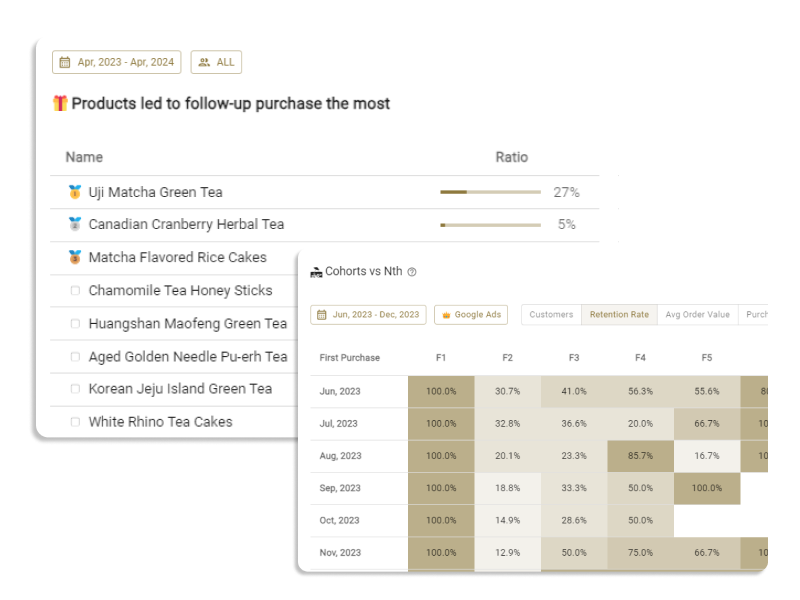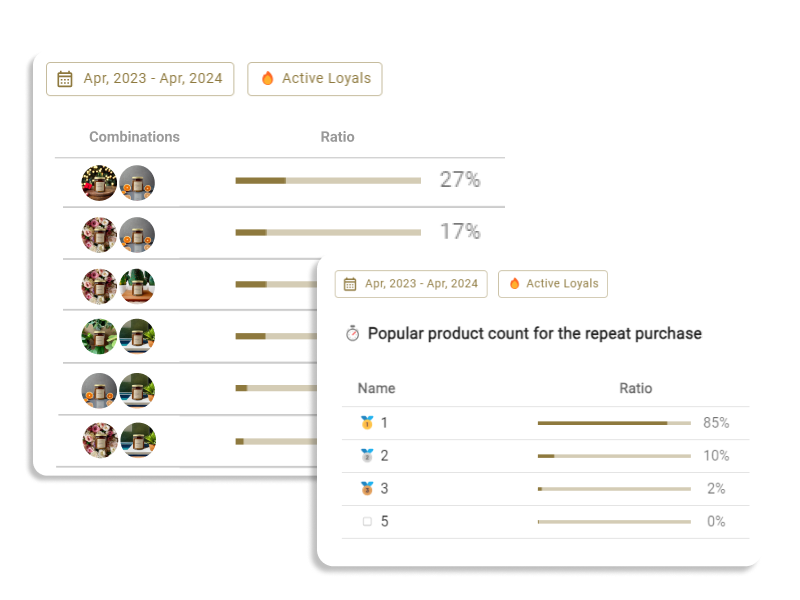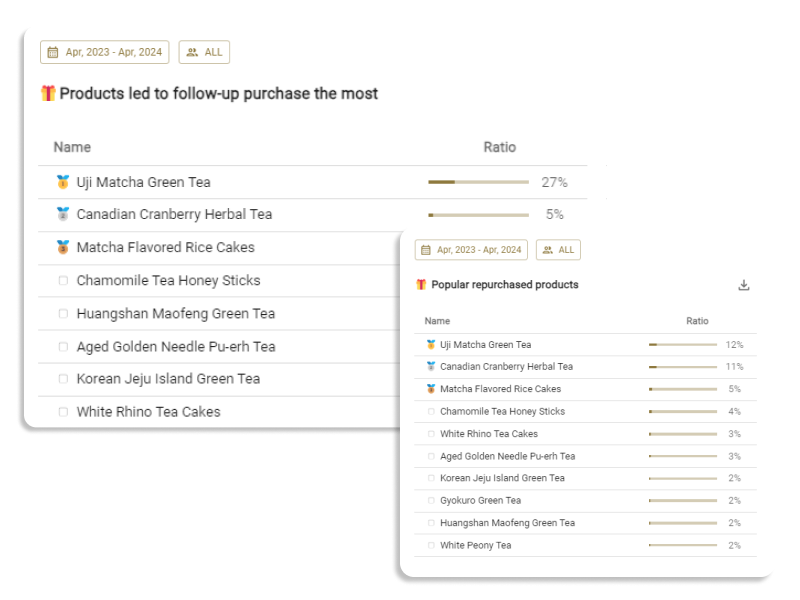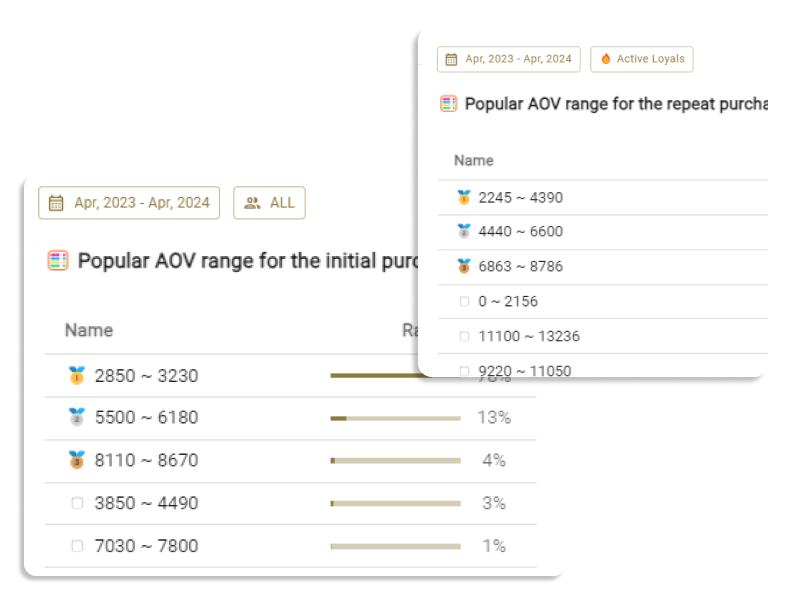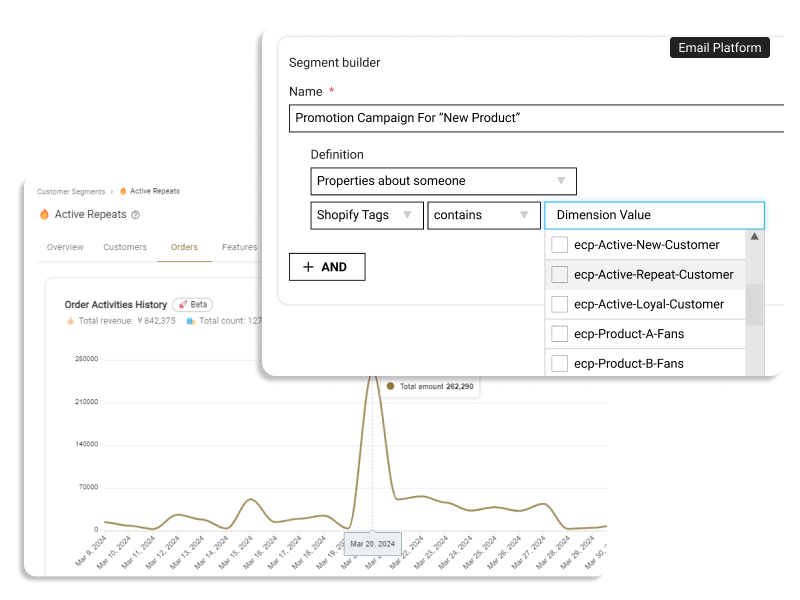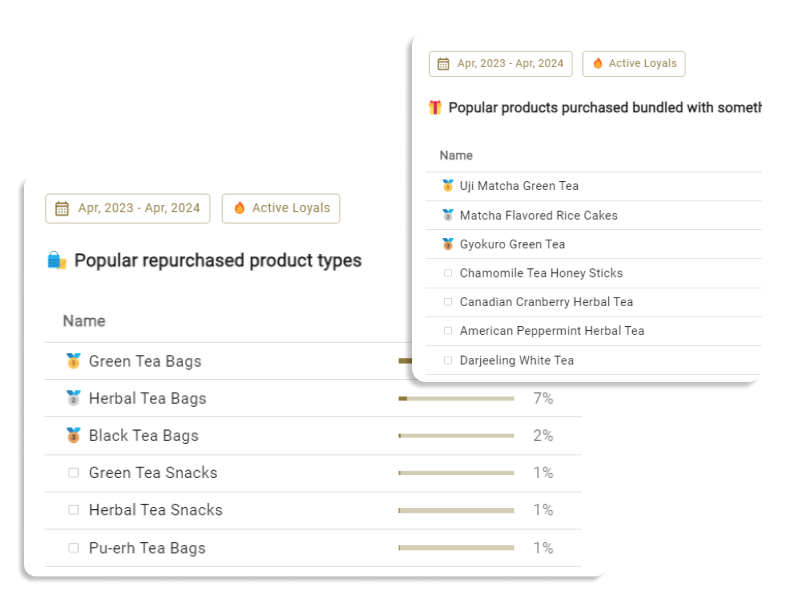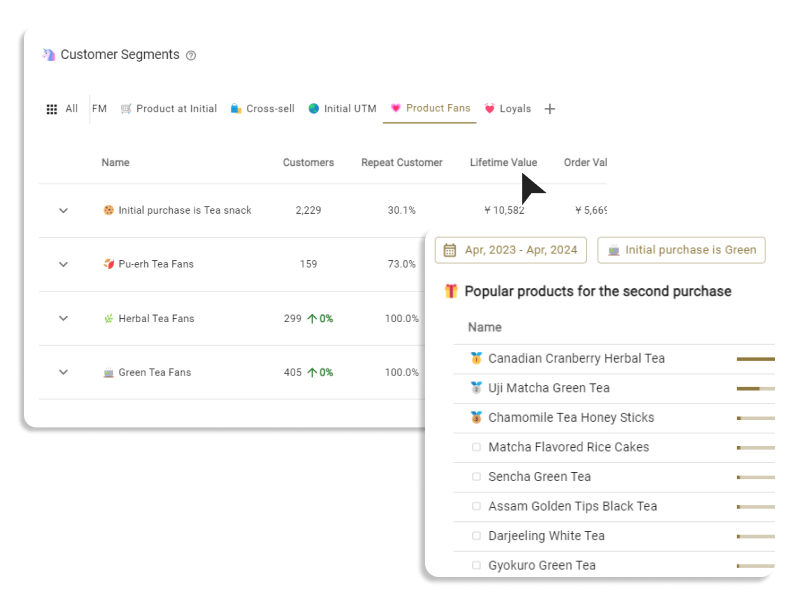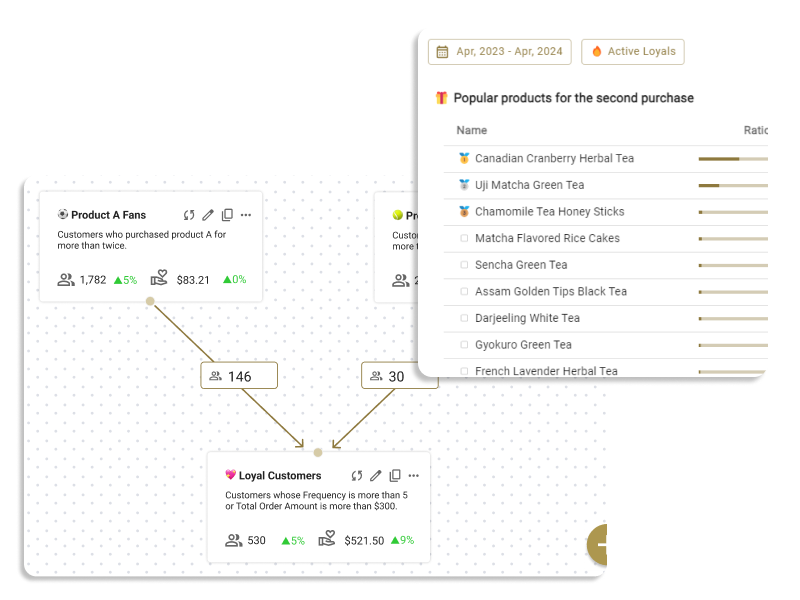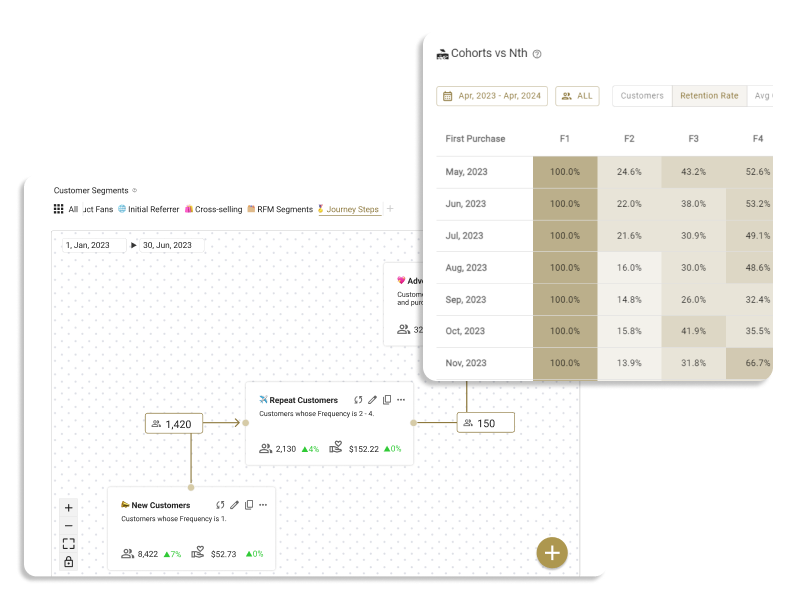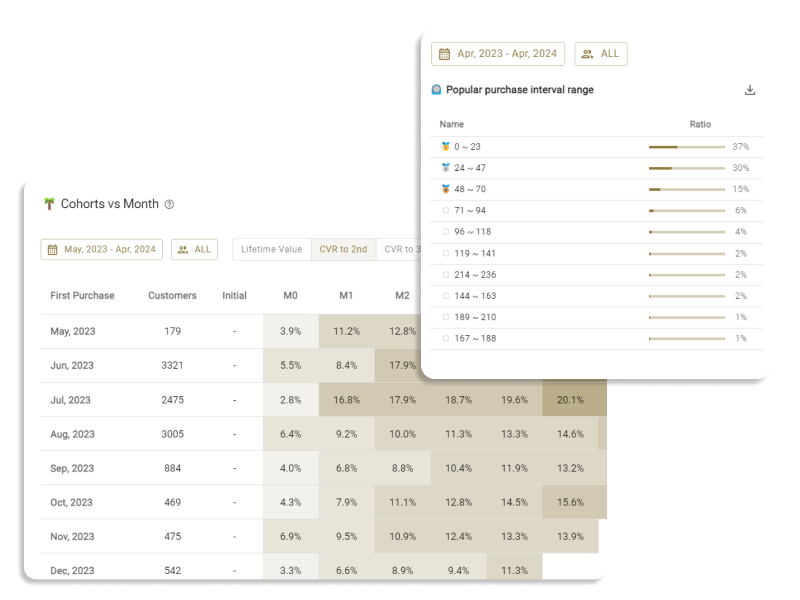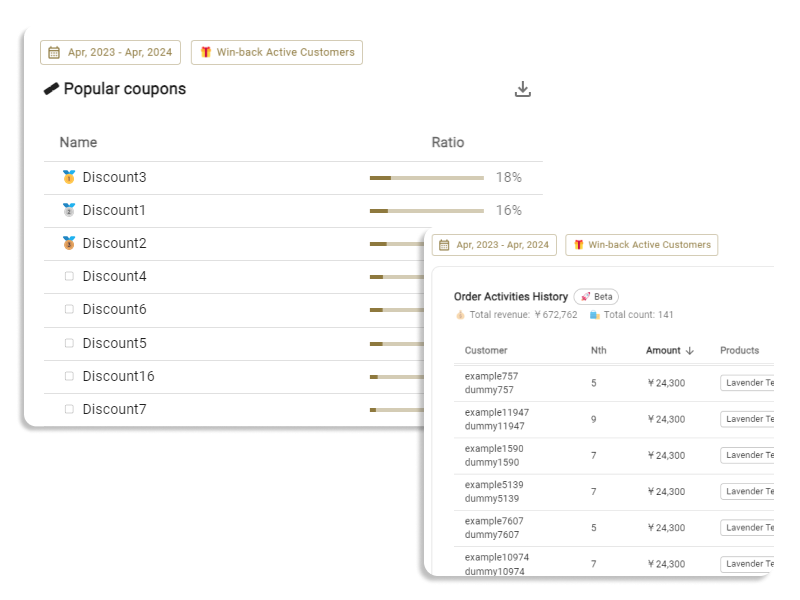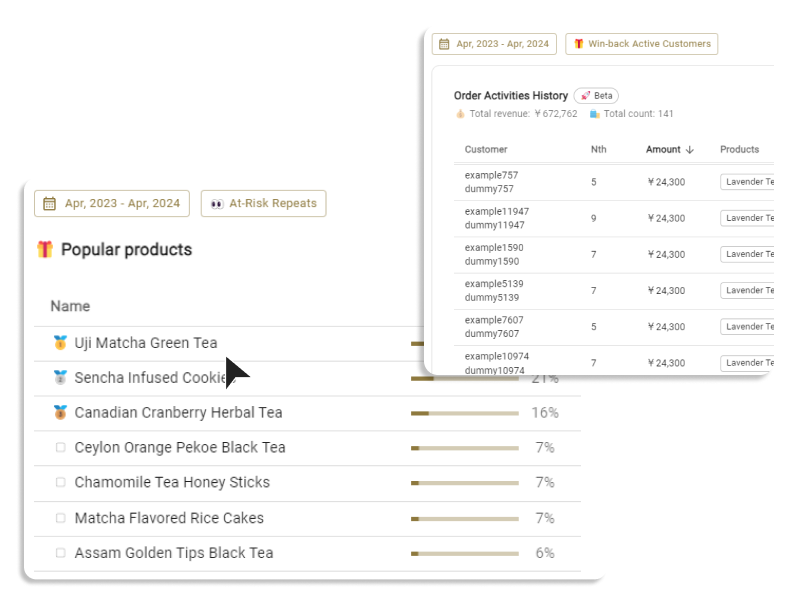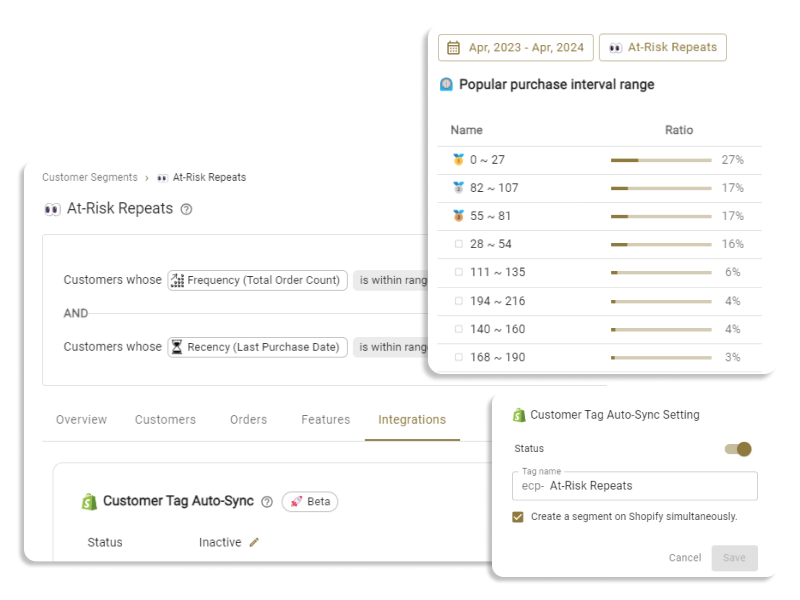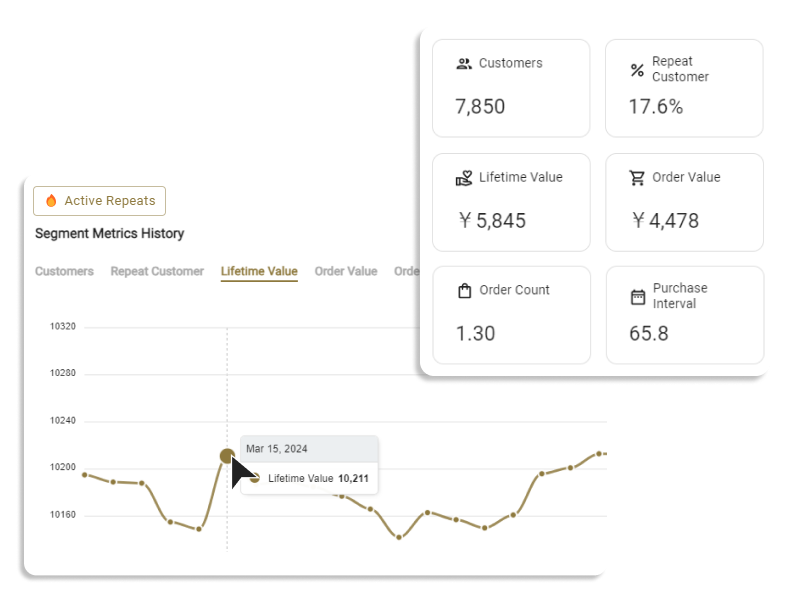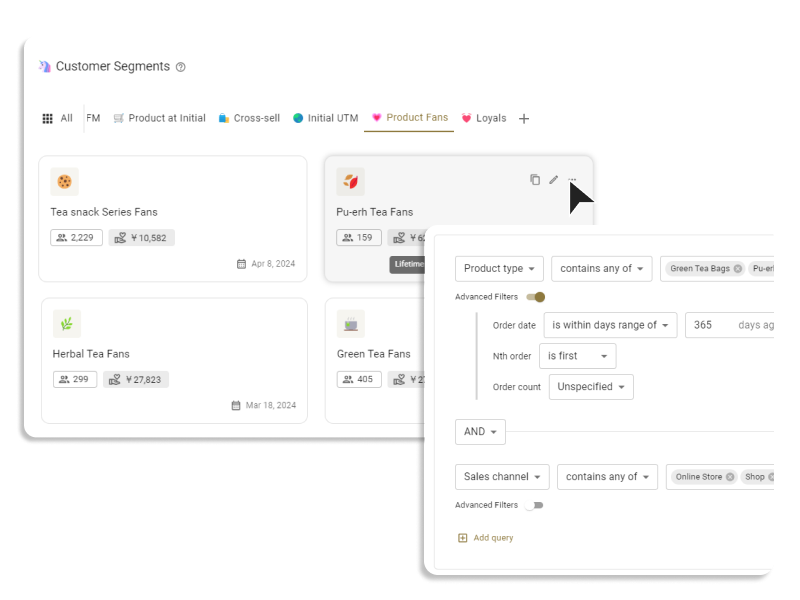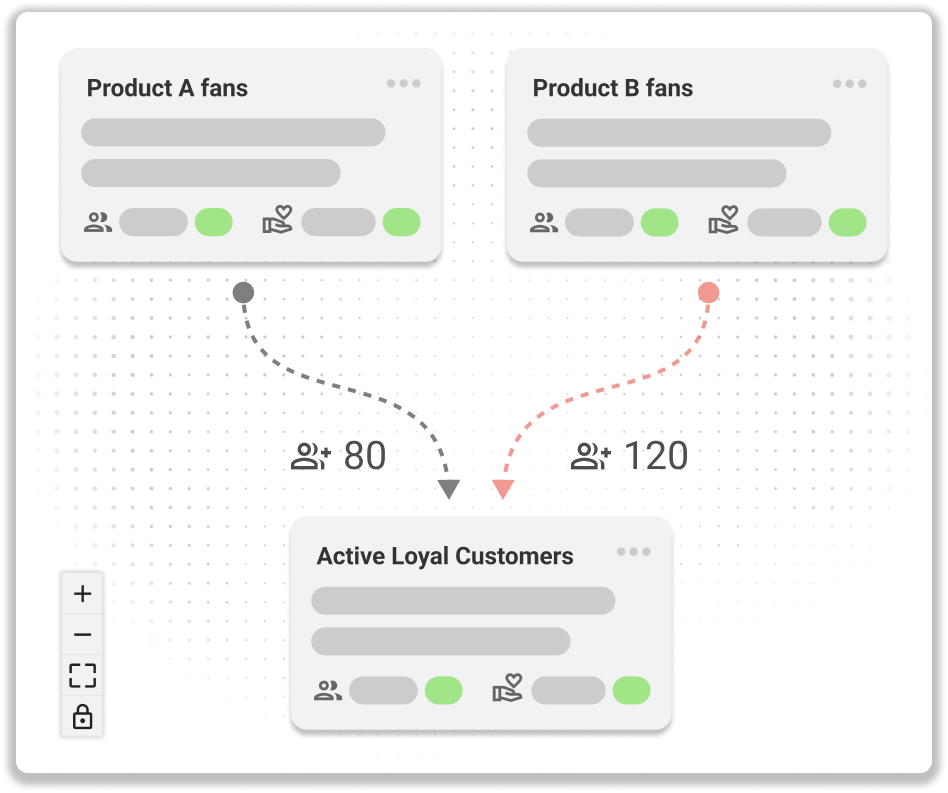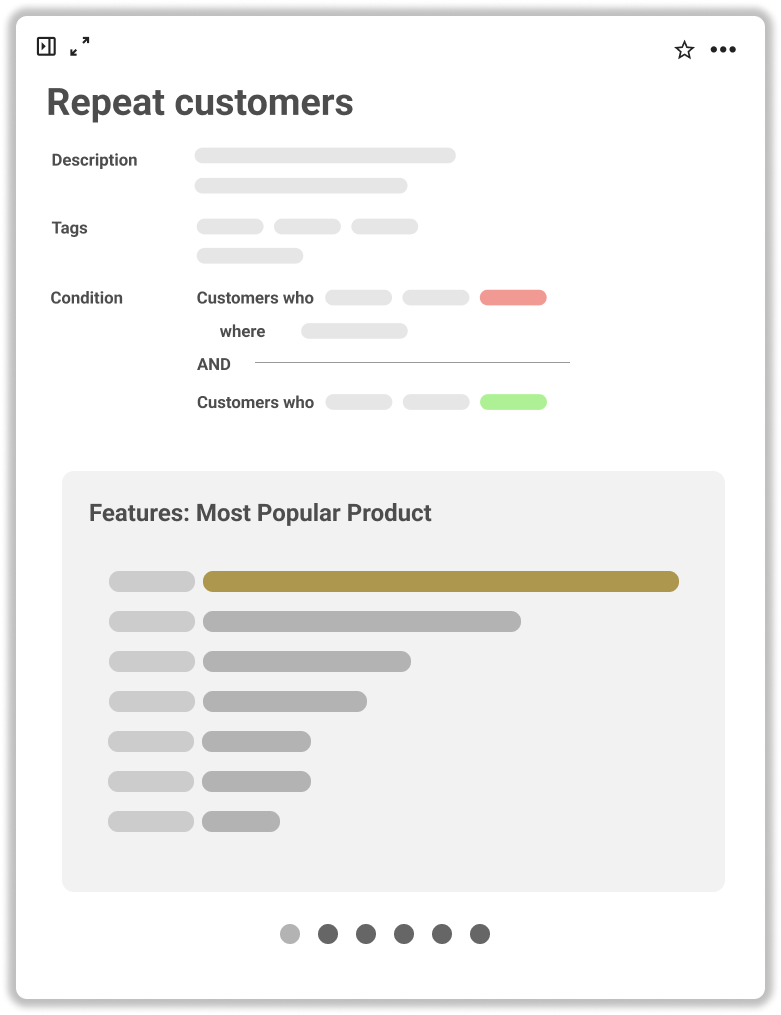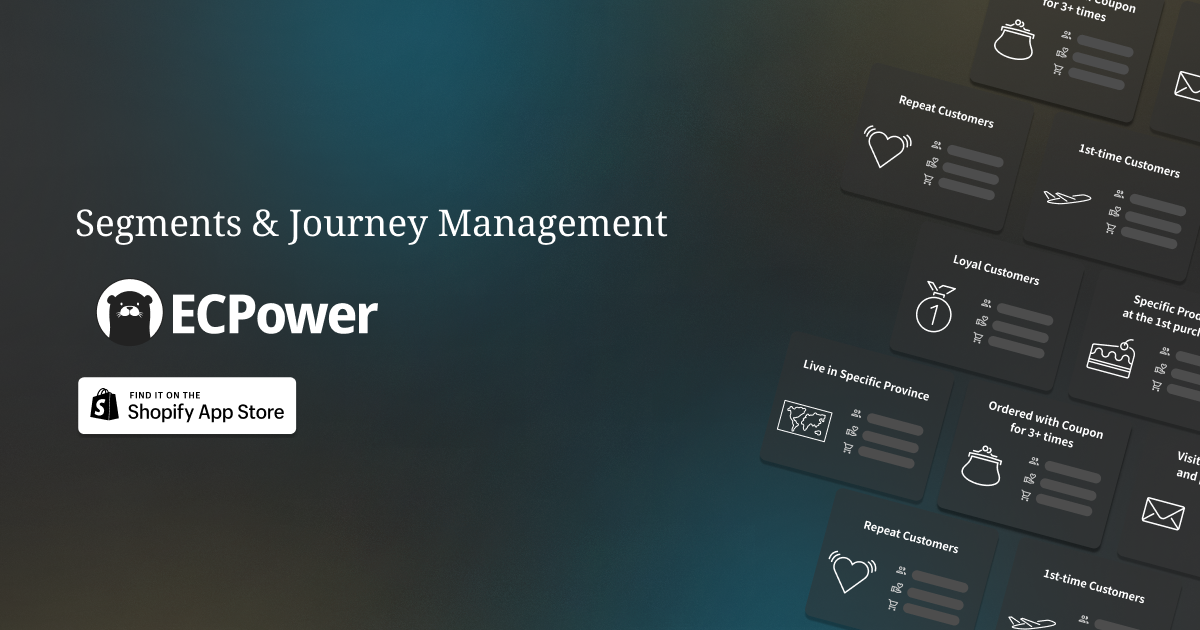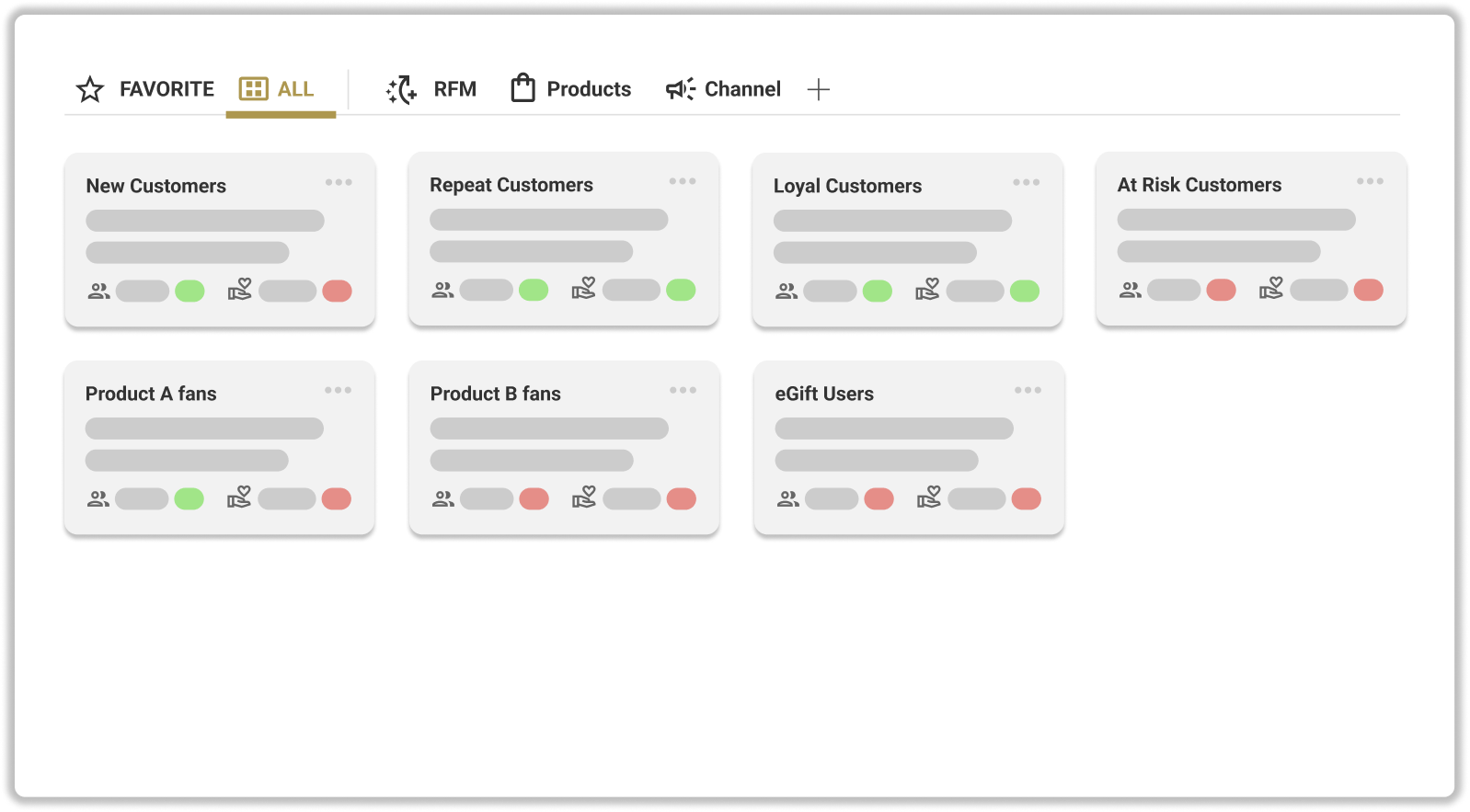Introduction
As eCommerce businesses grow, the importance of personalization becomes increasingly significant. In fact, 74% of customers feel frustrated when website content is not personalized. To cater to each shopper's unique experience, marketers must rely on segmentation. This article explores the concept of behavioral segmentation in eCommerce, its importance, and provides practical examples of how to utilize it effectively.
What is segmentation in eCommerce?
Segmentation in eCommerce is the process of categorizing customers based on particular characteristics or behaviors. This allows businesses to understand different customer groups and tailor their marketing strategies accordingly. The main types of segmentation include demographic, psychographic, geographic, and behavioral segmentation.
What is Behavioral segmentation in eCommerce and importance of Behavioral Segmentation
Behavioral segmentation in eCommerce is the process of categorizing customers based on their shared behavior patterns, such as purchasing habits, product usage, and engagement levels. This type of segmentation helps businesses understand the motivations behind their customers' actions and enables them to create more targeted and personalized marketing strategies.
Merits of Behavioral Segmentation
- Personalized marketing strategies: Behavioral segmentation allows businesses to create highly targeted marketing campaigns that cater to the specific needs and preferences of their customers. This helps improve the overall effectiveness of marketing efforts and drives better customer engagement and conversion rates.
- Improved customer satisfaction: By understanding the unique behavior patterns of different customer groups, businesses can tailor their product offerings and marketing messages to better meet the needs of their target audience. This leads to increased customer satisfaction and fosters long-term loyalty.
- Optimized customer journey: Analyzing customer behavior can reveal opportunities to streamline the customer journey and enhance the overall shopping experience. By identifying and addressing friction points, businesses can guide customers more effectively through the purchasing process, reducing cart abandonment rates and increasing conversions.
- Increased customer retention: Behavioral segmentation helps businesses identify their most loyal customers and develop strategies to maintain and strengthen those relationships. By understanding the factors that drive customer loyalty, businesses can take steps to increase repeat purchases and improve customer lifetime value (CLV).
Differences from Other Types of Segmentation
- Demographic Segmentation: Demographic segmentation focuses on grouping customers based on factors like age, gender, income, education, and family size. While this type of segmentation can provide valuable insights, it may not fully capture the motivations behind customer behavior. Behavioral segmentation goes a step further by analyzing specific actions and preferences, which can lead to more targeted marketing efforts.
- Psychographic Segmentation: Psychographic segmentation involves categorizing customers based on their values, interests, attitudes, and lifestyle preferences. While this approach provides a deeper understanding of the customer's mindset, it may not directly reveal their actions and purchasing habits. Behavioral segmentation complements psychographic segmentation by providing insights into the actual behavior of customers, allowing businesses to develop more effective marketing strategies.
In summary, behavioral segmentation in eCommerce offers unique merits compared to other types of segmentation. By focusing on customer behavior patterns, businesses can create personalized marketing strategies, improve customer satisfaction, optimize the customer journey, and enhance customer retention. While demographic and psychographic segmentation provide valuable insights, behavioral segmentation delves deeper into the motivations behind customer actions, enabling businesses to craft more targeted and effective marketing campaigns.
The importance of behavioral segmentation in eCommerce cannot be overstated. By diving into the specific behaviors and patterns of different customer groups, businesses can better tailor their marketing efforts and improve customer satisfaction. Here's a more in-depth look at the key benefits of behavioral segmentation:
Understand the desires of different customer groups
Behavioral segmentation allows eCommerce businesses to identify and understand the unique desires and preferences of their customers. By analyzing purchasing behavior, product usage, engagement levels, and other factors, businesses can gain valuable insights into what motivates their customers to take action. This understanding helps create more relevant and appealing marketing messages that resonate with the target audience.
Match products based on customers' wants and needs
Through behavioral segmentation, eCommerce businesses can identify the most suitable products and services for different customer groups. By understanding the specific needs and preferences of each segment, businesses can tailor their product offerings to better serve their customers. This approach helps improve customer satisfaction and encourages repeat purchases, as customers are more likely to return to a store that offers products that meet their specific needs.
Find opportunities to optimize the customer journey
Analyzing customer behavior can reveal opportunities to optimize the customer journey and enhance the overall shopping experience. By identifying areas where customers may encounter friction or confusion, eCommerce businesses can make targeted improvements to their website, content, and marketing materials. These optimizations help guide customers more smoothly through the purchasing process, increasing the likelihood of conversions and reducing cart abandonment rates.
Create targeted, personalized marketing strategies to attract customers and build customer loyalty
Behavioral segmentation enables eCommerce businesses to develop highly targeted and personalized marketing campaigns that address the unique needs and preferences of their customers. By catering to the specific desires of different customer groups, businesses can create more compelling marketing messages that resonate with their target audience. Personalized marketing strategies not only help attract new customers but also build customer loyalty, as shoppers are more likely to remain loyal to a brand that understands and meets their individual needs.
In summary, behavioral segmentation is a powerful tool for eCommerce businesses to better understand their customers, tailor their offerings, optimize the customer journey, and create targeted marketing strategies. By leveraging these insights, businesses can improve customer satisfaction, boost engagement, and foster long-lasting customer loyalty, leading to increased revenue and business growth.
Examples of Behavioral segmentation in eCommerce
Here are some practical examples of how behavioral segmentation can be applied in eCommerce:
Purchasing behavior
- Complex Buying Behavior: This behavior occurs when customers are highly involved in the purchase decision and perceive significant differences between available products. Customers in this category tend to conduct thorough research and comparison before making a purchase. Marketers can target this segment by providing detailed product information, comparison tools, and expert advice.
- Dissonance Reducing Buying Behavior: Customers exhibiting dissonance reducing behavior are highly involved in the purchase decision but perceive little difference between competing products. They may experience post-purchase dissonance or doubt after making a purchase. Businesses can target this segment by offering reassurance, such as money-back guarantees, customer reviews, or exceptional customer support.
- Habitual Buying Behavior: This behavior involves low customer involvement and little perceived difference between products. Customers in this segment tend to make purchases out of habit or brand loyalty. To target this segment, businesses can focus on maintaining brand visibility and ensuring a consistent, positive customer experience.
- Variety-Seeking Buying Behavior: Customers in this segment enjoy trying new products and are not necessarily loyal to one brand. They have low involvement in the purchase decision but perceive significant differences between products. Marketers can target this segment by offering promotions, limited-time offers, and introducing new products or features.
Benefits sought
Segmenting customers based on the benefits they seek enables businesses to create marketing messages that highlight the features most important to each segment. This can lead to higher engagement and conversion rates. For example, a skincare company could create separate marketing campaigns for customers seeking anti-aging products, natural ingredients, or fragrance-free options.
Customer journey stages
Segmenting customers based on their stage in the customer journey allows businesses to deliver relevant content and offers at the right time. For example, customers in the awareness stage might benefit from educational content about the product or service, while customers in the consideration stage may need comparison tools or case studies. Finally, customers in the decision stage can be targeted with incentives such as discounts, free trials, or bonuses.
Usage behavior
Understanding and segmenting customers based on their product usage can help businesses identify potential upselling or loyalty program opportunities. For example, heavy users might be targeted with loyalty rewards or exclusive offers, while light users could be encouraged to use the product more frequently through personalized recommendations, tutorials, or promotions.
Occasion/timing
Segmenting customers based on occasions or timing can help businesses craft targeted marketing campaigns for specific events or seasons. For example, a retailer might create promotions around holidays, back-to-school season, or summer vacations. By understanding the occasions that drive customer purchases, businesses can capitalize on these opportunities and drive higher sales during these periods.
Customer satisfaction
Segmenting customers based on satisfaction levels can help businesses identify areas for improvement and address potential issues. Highly satisfied customers can be targeted with upselling, cross-selling, or loyalty program offers, while less satisfied customers may need additional support or incentives to improve their experience and maintain their loyalty.
Interest
Segmenting customers based on their interests allows businesses to provide highly relevant content, product, or service recommendations. By understanding the specific interests of each customer segment, marketers can create personalized experiences that resonate with customers and drive engagement, loyalty, and conversions.
Engagement level
Understanding customers' engagement levels can help businesses develop targeted strategies to increase involvement and enthusiasm. For example, highly engaged customers might be targeted with exclusive offers, early access to new products, or opportunities to provide feedback. Meanwhile, less engaged customers may benefit from personalized content, incentives, or reminders to drive engagement and foster a stronger connection to the brand.
Summary
Behavioral segmentation in eCommerce is an essential tool for understanding customer desires and preferences, allowing businesses to create personalized marketing strategies that cater to different customer groups. By leveraging behavioral segmentation, eCommerce marketers can improve the lifetime value (CLV) of their customers, ultimately driving business growth and success.
Implementing behavioral segmentation in your eCommerce marketing efforts can significantly improve customer satisfaction, engagement, and loyalty. Utilize the examples and strategies discussed in this article to refine your marketing approach and create a more personalized experience for your customers.



